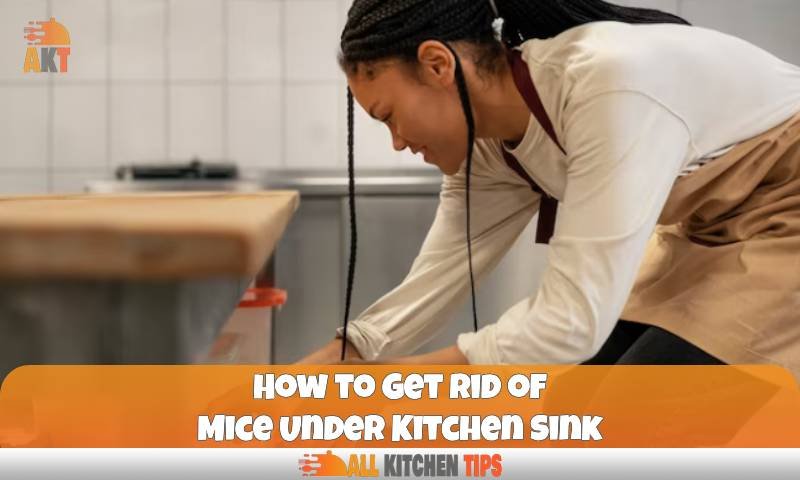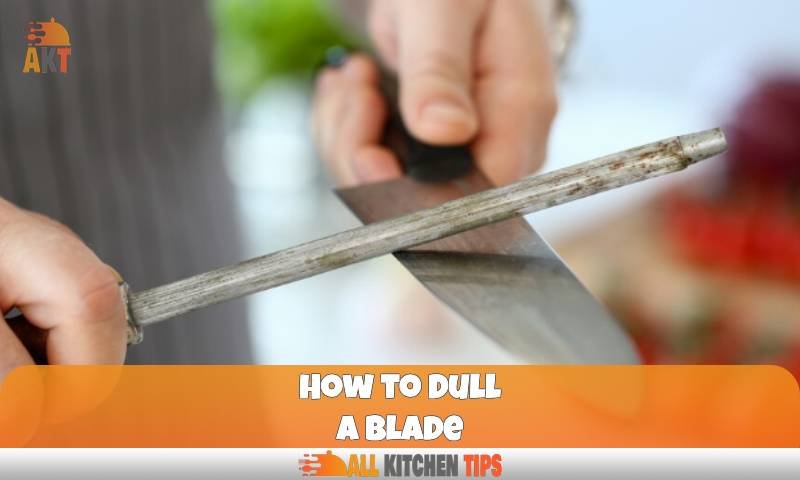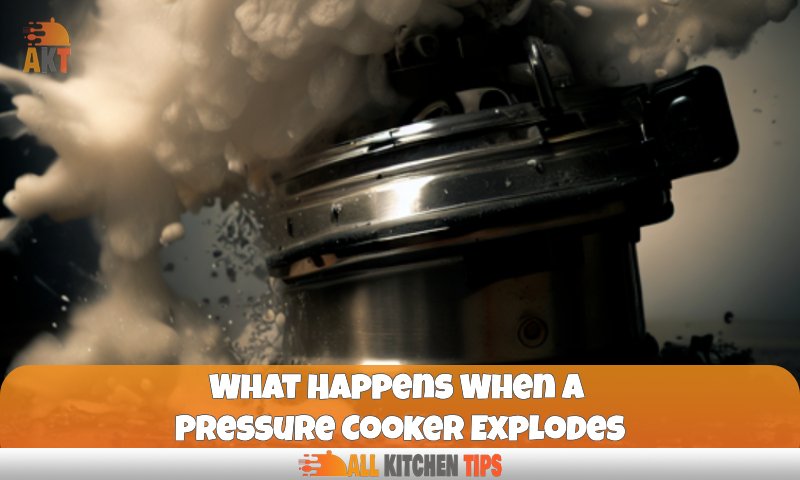The smell of summer is in the air, and you’re ready to fire up the grill. Before you throw on the burgers and hot dogs, let’s make sure you’re being safe. Have you ever wondered how far your grill should be from your house or apartment?
It’s a common question among backyard barbecue fans, and there’s no one-size-fits-all answer. The truth is that it depends on your particular setup, local regulations, and common sense. In this article, we’ll cover all the safety considerations associated with firing up your grill.
Don’t worry—we’ll start by breaking down the basics so that you can make sure your grill is properly situated for an enjoyable and safe summer barbecue experience. Ready to get started? Let’s go.
Understand Your Local Grill Regulations
When you’re fired up to have a backyard cookout, it pays to understand your local regulations. Different areas have different laws when it comes to the placement of your grill. Before you start grilling away, ensure that you understand the regulations and that you’re compliant.
Generally speaking, the most important safety measure is to keep your grill at least 10 feet away from your house or any other structure. You should also try to avoid parking it near trees, plants and other combustible materials. It’s also a good idea to check whether your local authorities require special ventilation systems for grills set up near structures.
Most importantly, take note of your local laws when it comes to public grilling and cooking in general. Get familiar with what you can and cannot do in terms of food preparation outdoors, and make sure that everyone attending is aware of any local regulations as well.
Basic Guidelines for Grill Safety
Grill placement and safety are especially important when cooking up your favorite backyard burgers and hotdogs. When setting up your BBQ, keep the grill at least 10 feet away from your house, deck railings, overhangs, and other structures that are flammable. The heat and smoke from the grill can cause these objects to catch on fire—and it’s better to be safe than sorry.
Make sure that you never leave the grill unattended when it is lit; and if you need to move the grill, always wait until it has cooled down before attempting to do so. Additionally, always use utensils with a long handle so that you stay far away from the heat while flipping burgers or hotdogs. Finally, if your pet is around while grilling, make sure they stay at least 3 feet away from the grill at all times.
Following these basic guidelines will help ensure an enjoyable—and most importantly, safe—backyard BBQ for you and your family.
Choosing the Right Types of Fuel for Grilling
Grill safety is important, and that means making sure you choose the right type of fuel for your grill. This can vary depending on what kind of grill you have—some are electric, some are gas, and some use charcoal.
It’s also important to make sure you use the right amount of fuel for safe grilling. For example, when using charcoal, you need to make sure it doesn’t form a mound that’s higher than the sides of your grill.
If you’re opting for a gas grill, there are certain safety rules you’ll need to know. For instance, it’s important to check your hoses for wear and tear before every outdoor gathering—they could be frayed or have small holes in them—and routinely check for any leaks that can happen without proper maintenance. You should also use only the right type of propane tank designed specifically for LP gas grills.
No matter what type of fuel you use, keep your grill at least 10 feet away from any buildings to avoid any potential fires or accidents—this includes keeping it away from canopies and tents at your backyard BBQs.
Preparing a Safe Grill Site
Planning a safe distance between your grill and your house is another important safety tip. You should position the grill at least 10 feet away from combustible building materials, such as wood decks, siding, or eaves. The Institute of Home Safety recommends that you should try to have 3 feet of clearance on all sides, if possible.
Keep in mind that the size and power of your grill will also be a significant factor when it comes to a safe set-up. If you are using a charcoal or gas grill that has an additional side burner, it should be placed 10 feet from any structure or building, since it can produce a much higher surface temperature than other grills.
To minimize the risk of fire hazards from your BBQ set-up, keep these safety tips in mind:
- Use an appropriate surface for grilling, like concrete or stone, that won’t catch fire easily.
- Keep children and pets at least three feet away from the grill to protect them from injury or burns.
- Position the BBQ away from furniture and deck railings.
- Do not leave your barbecue unattended while in use.
- When finished grilling, turn off all gas tanks and propane cylinders before leaving.
Consider Your Home’s Proximity to the Grill
Creating a ‘Grill Zone’
Another important step to take to ensure the safety of your backyard BBQ is to create a “grill zone.” This zone should include all of the essential tools, supplies, and ingredients you need for a successful get-together. For example, be sure to keep all items such as lighter fluid, paper towels, grilling utensils, such as tongs and spatulas, and your plates and condiments in an easily accessible area. Making sure all of these items are close by when grilling will help you stay safe and efficient.
Follow Manufacturer Instructions
Finally, it’s essential that you read and follow all the instructions from your grill’s manufacturer. Every model is different, so it’s important to become familiar with your grill and understand the importance of proper maintenance, such as cleaning and checking for any necessary repairs. Additionally, if you’re using an upright model, it’s necessary to anchor the grill to a stable base to prevent tipping and other accidents.
By following these safety tips, you’ll be able to enjoy your backyard BBQ with friends and family, knowing that you’re grilling in a safe and secure environment. Have fun and be safe.
Grill Hazards and How to Avoid Them
Grilling is a fantastic way to entertain and make memories with family and friends. While it’s essential to follow the safety tips outlined above, it’s also important to be aware of different grill hazards and how you can avoid them.
The first potential hazard is flare-ups. Since grills use an open flame and combustible fuel, they can cause flare-ups during the cooking process. Flare-ups happen when fat, marinades, and other liquids drip onto the flame, causing it to flare up and create more heat than intended. To avoid this scenario, use a spray bottle filled with water to douse any flare-ups. You can also use a long-handled barbecue brush to quickly spread the flames out.
Another common hazard is carbon monoxide buildup. While grilling outside does help to dissipate carbon monoxide safely, you still want to take certain precautions. When cooking on a gas grill, be sure to keep the lid open and avoid using the grill in an enclosed area. Additionally, keep a fire extinguisher nearby in case of an emergency.
Finally, it’s important to watch out for grease fires. Grease fires occur when hot grease from the cooking process splatters onto the flame or burners and ignites. To prevent this from happening, avoid overfilling the grease catch of your grill and use the right cooking tools, such as long-handled spatulas and tongs.
People Also Like: Discovering What You Need to Know About Bread Machine Yeast
Conclusion
A backyard BBQ is a fantastic way to spend time with family and friends while enjoying a delicious meal. No matter the size of your BBQ, the important thing is to practice safety measures. Be sure to keep your grill at least five feet away from your house or any other structure. Make sure the area around your grill is free of combustible materials, and keep a fire extinguisher or water hose nearby in case of an emergency. Have fun, but always make safety your top priority.





